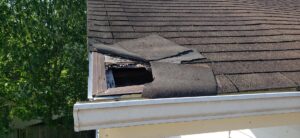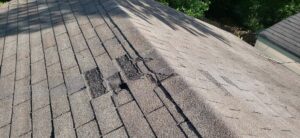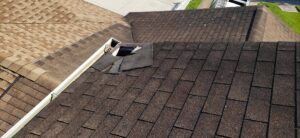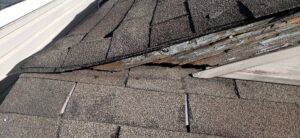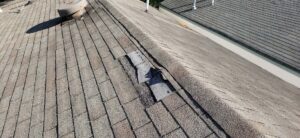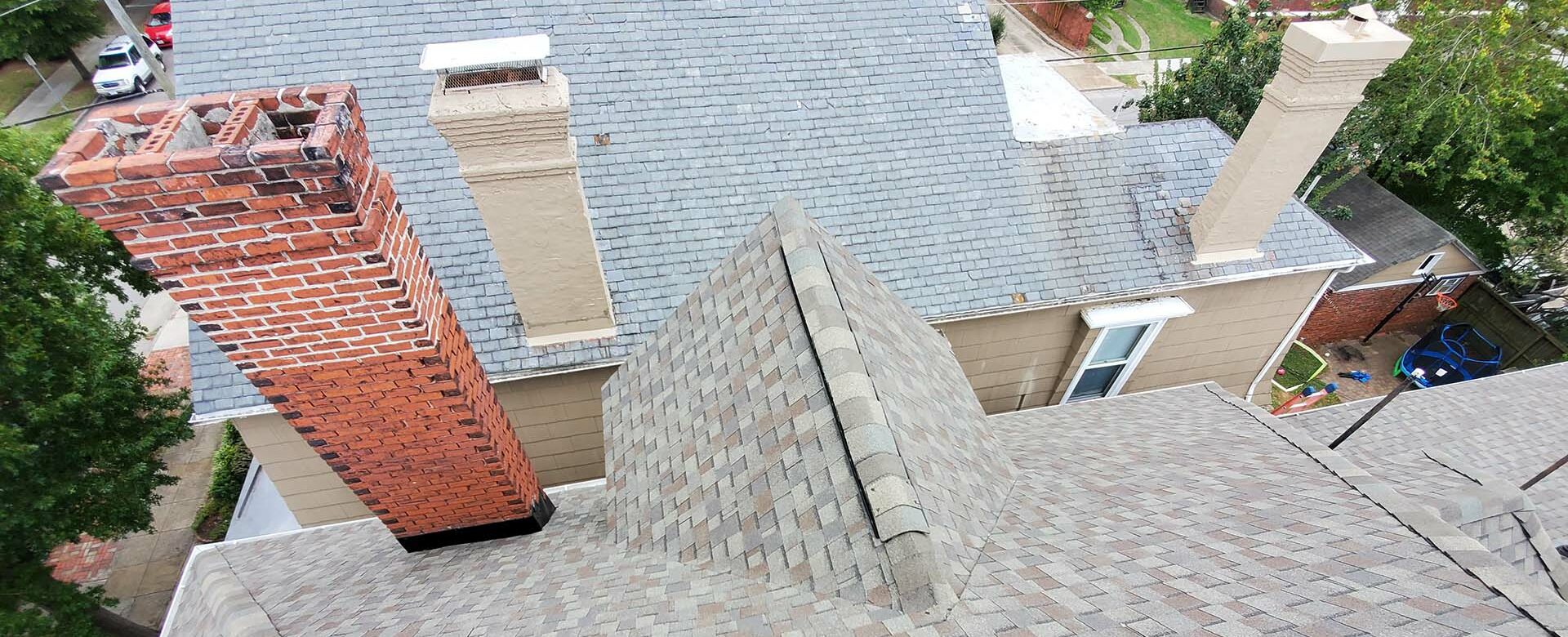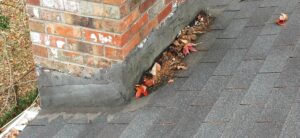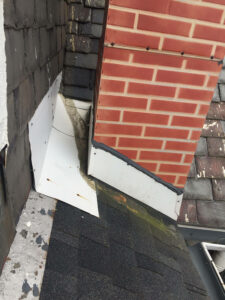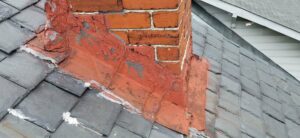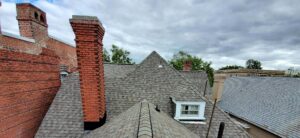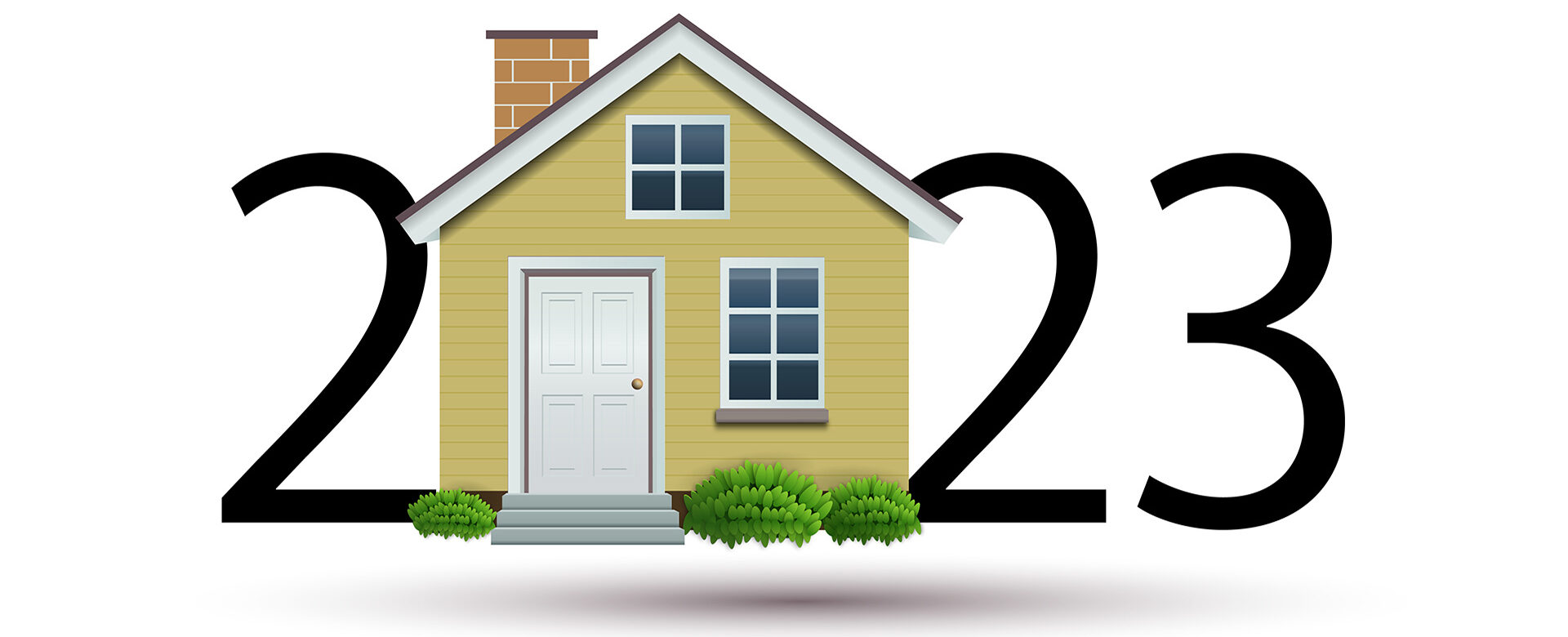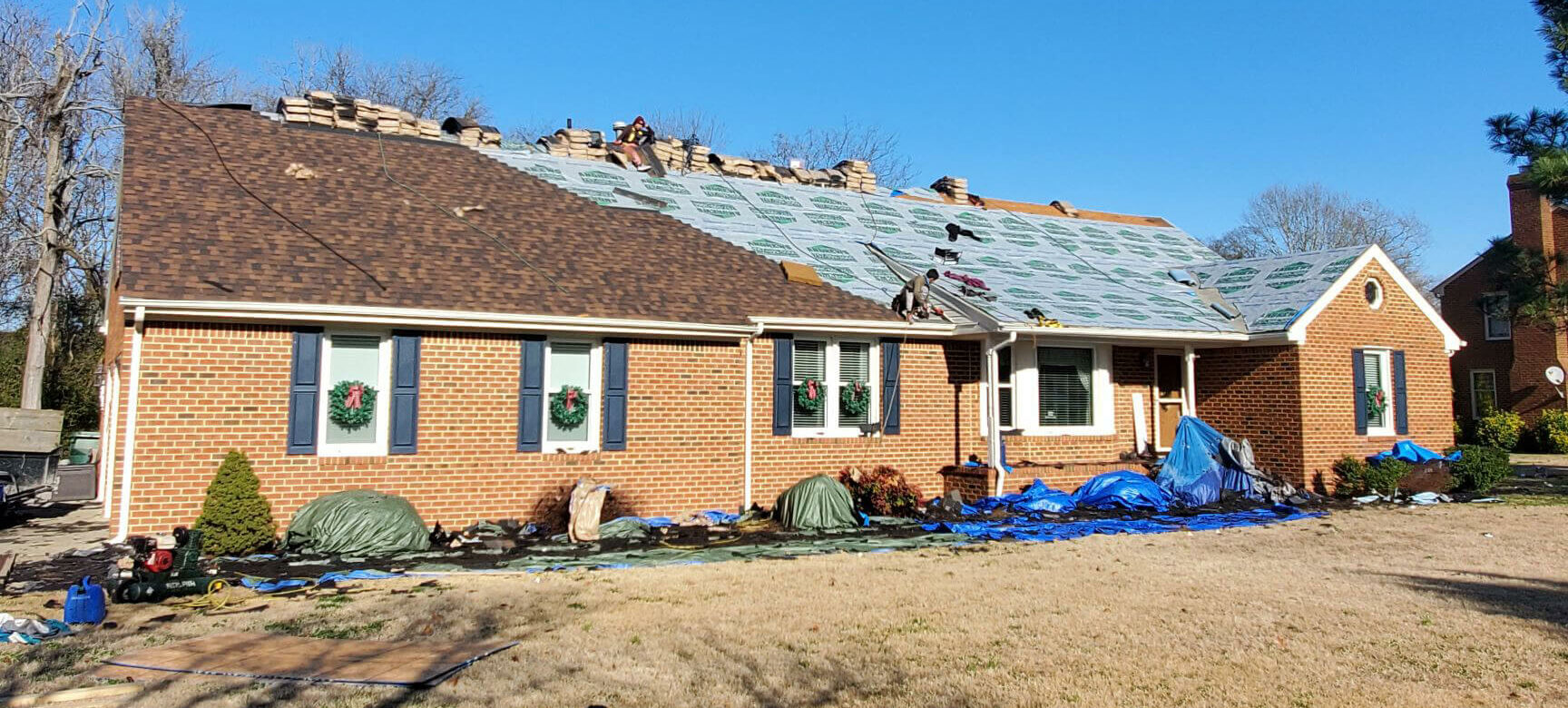You’ve heard the saying “if these walls could talk” but did you know your roof really can talk to you?
No, your roof talking to you doesn’t mean you have a poltergeist, but it does mean you might have a major repair or replacement on your hands. The key is understanding the different forms of communication a house uses.
Remember, silence is golden. If a roof is in great shape with no issues, it’s likely to stay quiet. But when failure due to damage or age starts up, that’s when you’ll start to “hear” some moaning and groaning.
The first form of communication a failing roof will use is visual. Cracked, dry, brittle, or missing shingles is the first sign that a roof is reaching the end of its lifespan. Knowing when your roof was installed will, of course, help with determining if the time has come for a replacement based on materials used and their expected lifespan. If it’s just a couple of shingles showing wear, it may be possible that a small repair can extend the life of your roof a little longer. But if more than 5-10% of your roof is showing obvious signs of aging, it’s telling you that it’s time for a full replacement.
The second form of communication a roof will use is your energy bill. Have you seen a recent spike in how much energy you’re using each month? This could very well be because of an aging roof. Missing or deteriorated insulation, worn out shingles, damaged or decayed forms of ventilation can all cause your heating and cooling system to have to work harder, increasing your bills. Again, any one of these issues could be grounds for a professional repair, but add them all up together and a replacement is likely necessary.
The third, most obvious and more detrimental form of communication a roof can use is the leak. If you have a leak, there’s no doubt some form of repair or replacement is due. But pinpointing exactly where a leak is coming from and what type of failure is causing it can be difficult. A licensed and experienced roofing contractor should be called in immediately to assess the situation and provide some options. A minor leak doesn’t have to mean a total roof overhaul. Often leaks are caused by loose or missing flashing, a backed up gutter or a hole that is easily fixed. But sometimes the leak is simply a roof’s final message letting you know that its time has come to an end.
If you start hearing any of these messages from your roof, call in a licensed contractor to help you translate them and determine the best path forward. If repairs can be made to extend its life a few more years, it would be wise to take that length of time to start putting funds aside to pay for the eventual replacement. Roof replacements are a major investment, and no one wants to have to make that purchase suddenly and without warning.
At Andrews Roofing we are trained and experienced roof communicators. We’ve seen nearly every type of failure, repair and replacement scenario possible, which means we can give you the best advice and the most accurate estimates to help solve the problem. If you’re roof has started talking to you, contact us today.

